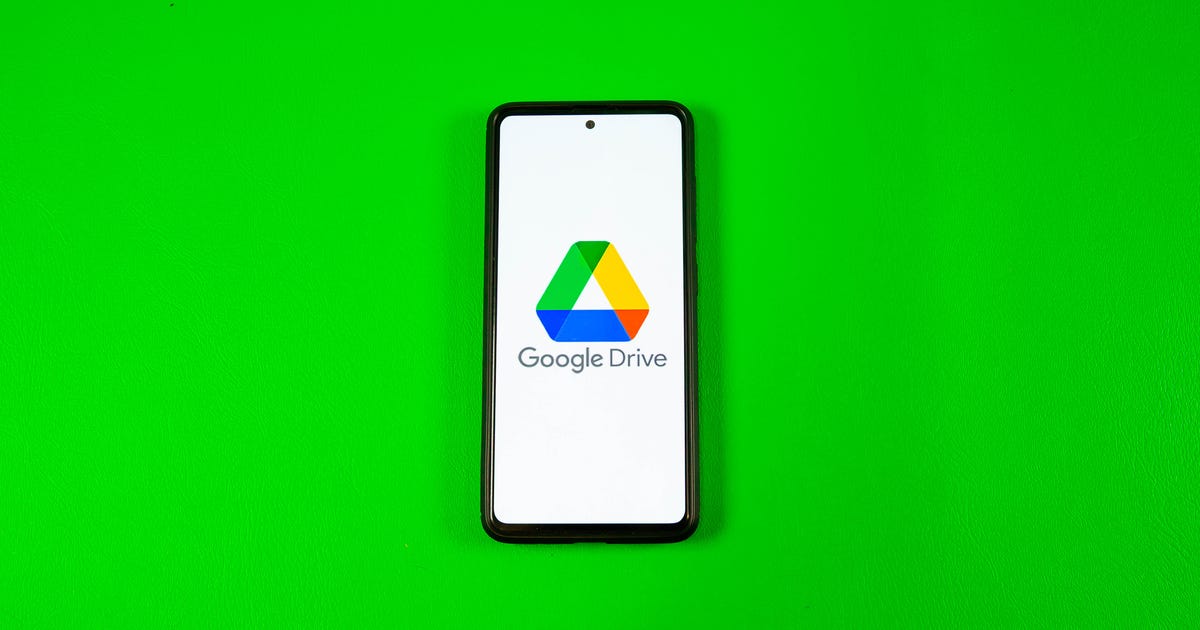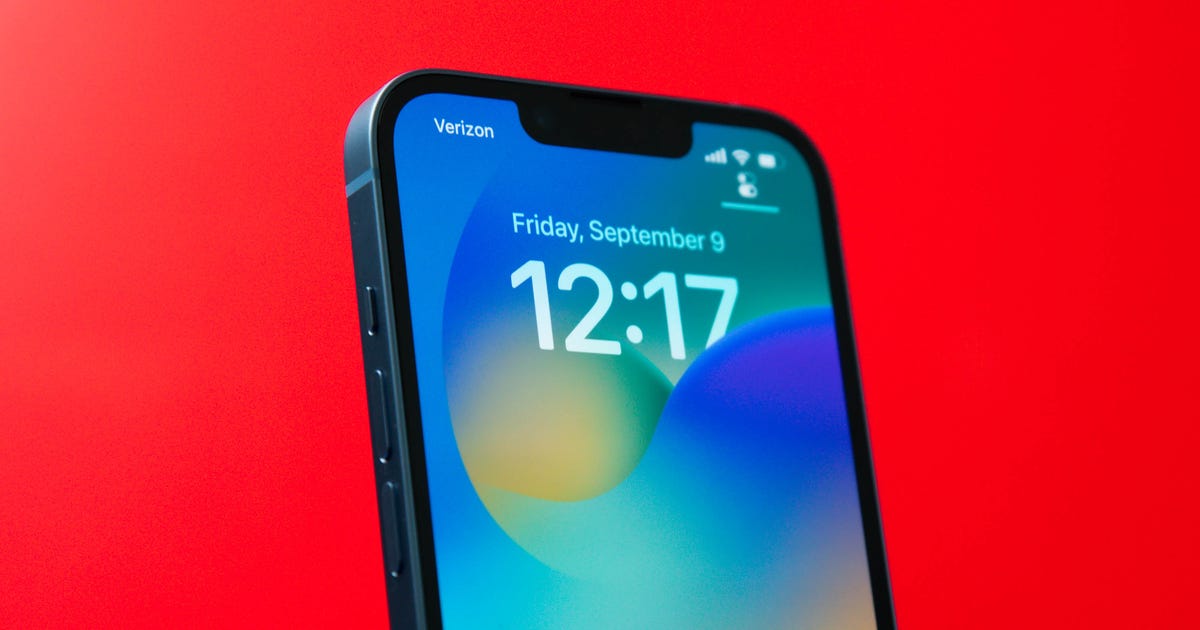
CNET
Oyster, a subscription service for e-books that launched two years ago, is calling it quits.
The service’s founders announced in a company blog post Monday that they will move toward retiring the existing service in the next few months. The blog post did not give a reason for the closure but hinted that there were other ambitions for the service.
“We believe more than ever that the phone will be the primary reading device globally over the next decade,” they wrote. “Looking forward, we feel this is best seized by taking on new opportunities to fully realize our vision for ebooks.”
Representatives for the New York-based company did not immediate respond to a request for comment.
Google confirmed that it has hired “a portion of the Oyster team” to work at Google Play Books but declined to provide further details. A report in Recode said, citing unnamed sources, that the hiring includes Oyster’s CEO and two co-founders. Google was not immediately available to comment to CNET.
Oyster, which was founded in 2012 and launched its service a year later, took a novel approach to the e-book market, formerly offering only a subscription book service for $9.95 a month. The idea attracted the attention of Amazon, which last year launched a rival subscription service dubbed Kindle Unlimited that offered all-you-can-eat e-books and audiobooks for $9.99 per month.
Despite Amazon’s entry into subscription ebook market, Oyster’s model did little to replace traditional book sales, mostly because binge-reading is more difficult than binge-watching movies. Consumers, who are flocking to other subscription services like Netflix and Spotify, appear reluctant to sign up with the equivalent for books. Even Amazon has declined to discuss how well its service is performing.
Oyster, which had raised $17 million, changed its model in April when it announced an expansion into online retail with an e-book store that would sell individual books, with hopes of attracting new customers to its service.
The move came at an auspicious time for the book industry, as publishers have begun setting prices evenly across the e-book market. By expanding into online sales, Oyster was gunning for Amazon, estimated to control more than half the US e-book market and even more abroad.
However, Oyster did make early headway within the book industry by signing up three of the five biggest US publishers, amassing a library of more than 1 million titles. But even these publishers have chosen to wait as long as six months to release their newest titles on subscription services like Oyster.
Oyster users could also only access the service through an app for smartphones, tablets and computers — but not Amazon’s popular Kindle e-reader. (Oyster does have an app for the Amazon’s Fire tablet, though).
Update, September 22 at 7:34 a.m. PT: Added information on Google’s reported hiring of some Oyster employees.






